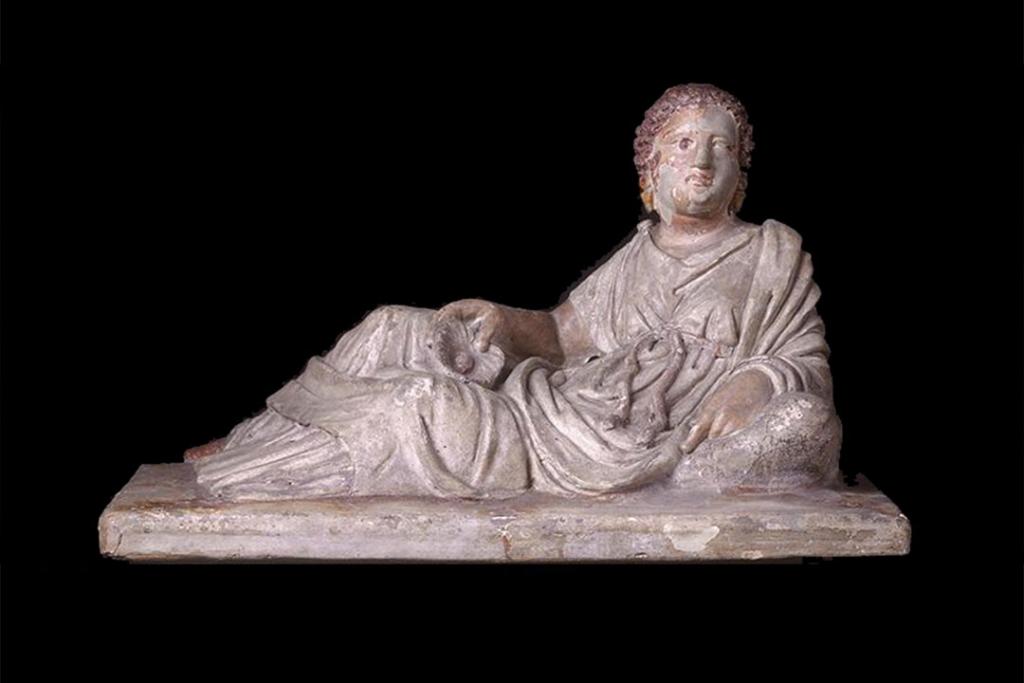
Etruscan collection
About the collection
World Museum has one of the most representative Etruscan collections outside Italy, comprising over 250 objects, fully catalogued in 2017. Bronze brooches, mirrors and vessels, ceramics of various types and intricate gold jewellery illustrate aspect of life and death, giving a fascinating insight into pre-Roman societies in central Italy.
The collection was begun in the 19th century by Joseph Mayer, a Liverpool goldsmith. His donation in 1867 became the core of World Museum’s collection, and has been augmented over the years by additional gifts and other acquisitions. Much of the original material came from the necropolis of Vulci (Canino) when it was excavated by Lucien Bonaparte, Prince of Canino and younger brother of Napoleon, while additional objects represent several other cities and sites. Already famous for its gold jewellery and bronze vessels of the 6th to 4th centuries BC, this collection includes a fine selection of Etruscan vases, especially bucchero ware and Archaic painted vases, several scarab seals in semiprecious stones, a small number of carved ivories and funerary urns, including that of Larui Helesa, in which were found gold earrings identical to those worn by her colourful effigy on its lid. Engraved bronze mirrors and terracotta votives in the form of heads and body parts, such as uteri, of the 4th to 3rd centuries BC illustrate myths and offerings that were essential to Etruscan religion.
From a Villanovan sword to dental protheses, the collection offers a rare glimpse of early society in central Italy.
